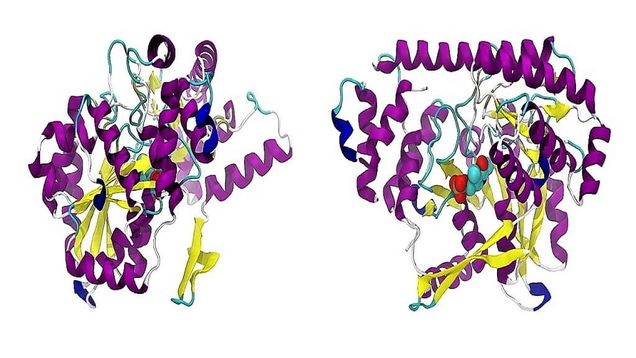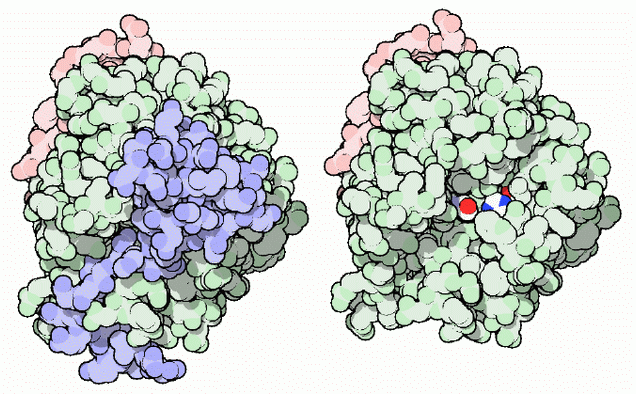Two Visiting Speakers to Give Talks on Protein Flexibility and Thrombin Allostery
Special CCS Lunch Seminar
When:
Thursday, February 28, 2019
Start Time: 12:30pm
Where:
3 Cummington Mall, Boston, MA, PRB595 **Lunch will be provided**
“Motion Tree, a Computational Tool to Describe Protein Flexibility”
Professor Ryotaro KOIKE, Nagoya University
In our bodies, a large number of proteins work to maintain various biological activities, e.g. transport of oxygen, degradation of alcohol, energy synthesis and so on. Proteins are often considered to be sophisticated nanomachines. The molecular mechanisms of a lot of proteins have been investigated. Protein flexibility is one of the keys to understand the mechanisms because proteins are flexible molecules and change their structures to perform their functions.
We developed a computational tool, Motion Tree, to describe protein flexibility. We have applied the method to a number of proteins. The extensive analysis of protein flexibilities revealed relationships between flexibilities and functions. We also applied the method to the huge number of protein structures from molecular dynamics simulations and detected the intrinsic flexibility of the protein in simulations.
“Atomistic Study on Thrombin Allostery”
Dr. Ikuo KURISAKI, Kobe University
Thrombin has been studied as a paradigmatic protein of Na+-activated allosteric enzymes1. This protein has the Na+-binding cavity, and recognizes Arg in a substrate molecule, with Asp189 inside the primary substrate binding pocket (S1-pocket). As the bound Na+ is away from the catalytic Ser195 in the active site by 15 Å, Na+-binding has been supposed to regulate thrombin activation allosterically. However, this supposition has rooms to be discussed. According to X-ray crystallographic study, thrombin structural change driven by Na+-binding is small, in the range of the thermal fluctuation. Besides, the bound Na+ is close to the Asp189, possibly preventing substrate’s Arg access via repulsive interaction. These observations thus raise a question whether thrombin activation actually is attributed to Na+-binding, although answering the question is now outside the reach of experimental methodologies due to the technical limitation. We then examined the influence of Na+-binding on thrombin-substrate complex formation by employing molecular dynamics simulations, and clarified that Na+-binding in contrary prevents the complex formation. Meanwhile, we found that the Na+-binding cavity is involved in dewetting of S1-pocket upon the complex formation. Besides, we observed that unbound Na+ molecules are differently distributed around thrombin compared with other cations. These observations provide the two insights into thrombin allostery; (1) the presence of the Na+-binding cavity itself is important for thrombin functional expression rather than the Na+-binding affinity, and (2) thrombin-substrate complex formation is activated by distribution of unbound Na+ molecules rather than the bound Na+.

